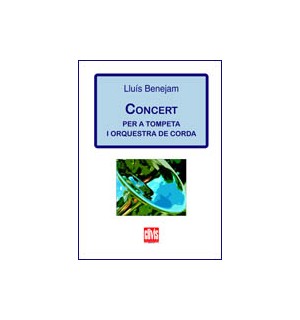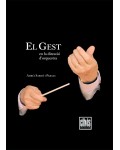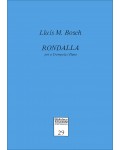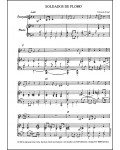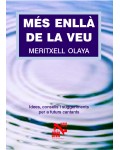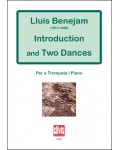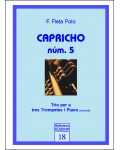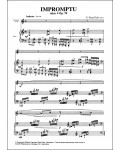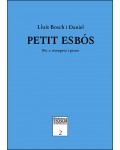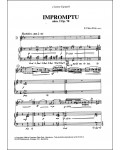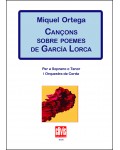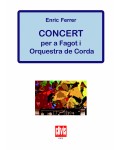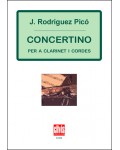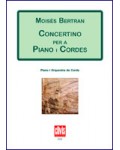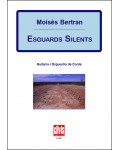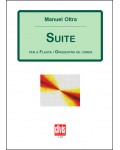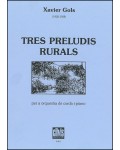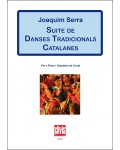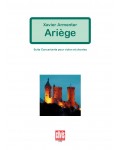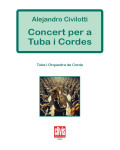
No products
Prices are tax included
Product successfully added to your shopping cart
There are 0 items in your cart. There is 1 item in your cart.
- English
- Castellano
- Català
Concerto for trumpet and string orchestra
DE310
The Concerto for trumpet and string orchestra by Lluís Benejam has three canonic movements and is impregnated throughout by a certain popular and playful register: despite the fact that Benejam makes no musical allusion to traditional themes at any point, the rhythmic features employed from the very first to the very last beat give it a very down-to-earth, direct and likeable feel.
| Period | 20th c. |
| Instruments | trumpet, string orchestra |
| Pages | 42 |
| Time | 15 min. |
| Contents | score + soloist part |
| ISMN | 979-0-3502-0489-0 |
| Remarks | The parts of orchestra are available in rent regime. Contact the publishing company (info@clivis.cat). |
| Price of print edition | 19€ |
| Edition | Digital |
The Concerto for trumpet and string orchestra is part of the half dozen or so concert pieces Lluís Benejam composed while in the United States in the 1960s alongside his Concerto for violin, Concerto for saxophone, Concerto for oboe and his two double concertos: one for two pianos and a second for oboe and violin.
The piece has three canonic movements and is impregnated throughout by a certain popular and playful register: despite the fact that Benejam makes no musical allusion to traditional themes at any point, the rhythmic features employed from the very first to the very last beat give it a very down-to-earth, direct and likeable feel. The typical arpeggios written for brass instruments (so common in fanfares and military salutes) are used to charming effect, not only in the solo part but also for the orchestra. The piece can be characterised by its large intervals (particularly the fifths) and a vertical score that prioritises rhythm over countrapuntal devices, though without shunning this latter entirely, particularly in the second movement. At times, the string orchestra enters into dialogue with the solo instrument –with the first violin also taking the lead on occasion–, but serves primarily as a backdrop to the main discourse. The impact of the orchestra’s change in tonal colour in the second movement, achieved through the use of dampers by all instruments, is huge and contrasts starkly with the upbeat, energetic feel of the final movement, where the trumpet shines at its brightest.
The majority of the solo part is developed within the instrument’s main tessitura, seeking out the higher notes only at the peaks of intensity. Despite the solo trumpet part not seeming all that difficult technically on the page, it in fact requires great control over the sound produced and precise phrasing.
David Puertas

